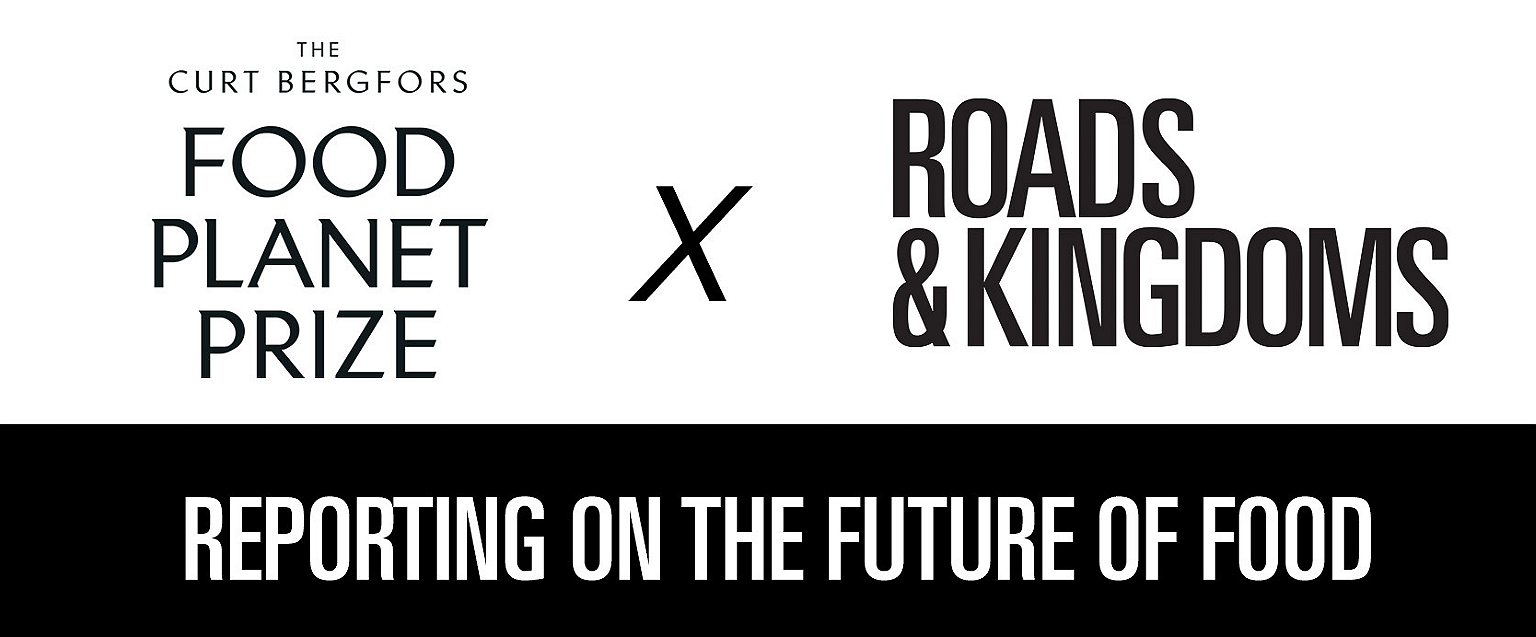By integrating traditional Balinese farming wisdom with modern agroecological practices, Astungkara Way works to promote food security, restore degraded farmland, and deepen connections between farmers and the land.
BALI, Indonesia — For decades, conventional wisdom has held that organic farming cannot produce enough food to sustain the world’s growing population. Perhaps nowhere has this belief been more deeply entrenched than in South Asia, where high-profile failures—like Sri Lanka’s disastrous 2021 ban on synthetic fertilizers and pesticides—reinforce the fear that sustainability comes at the cost of food security.
Yet, what if there were a way to grow food sustainably without sacrificing yields? In Bali, Astungkara Way, a regenerative agriculture initiative, is taking on that challenge by rethinking how rice—the lifeblood of half the world’s population— is grown.
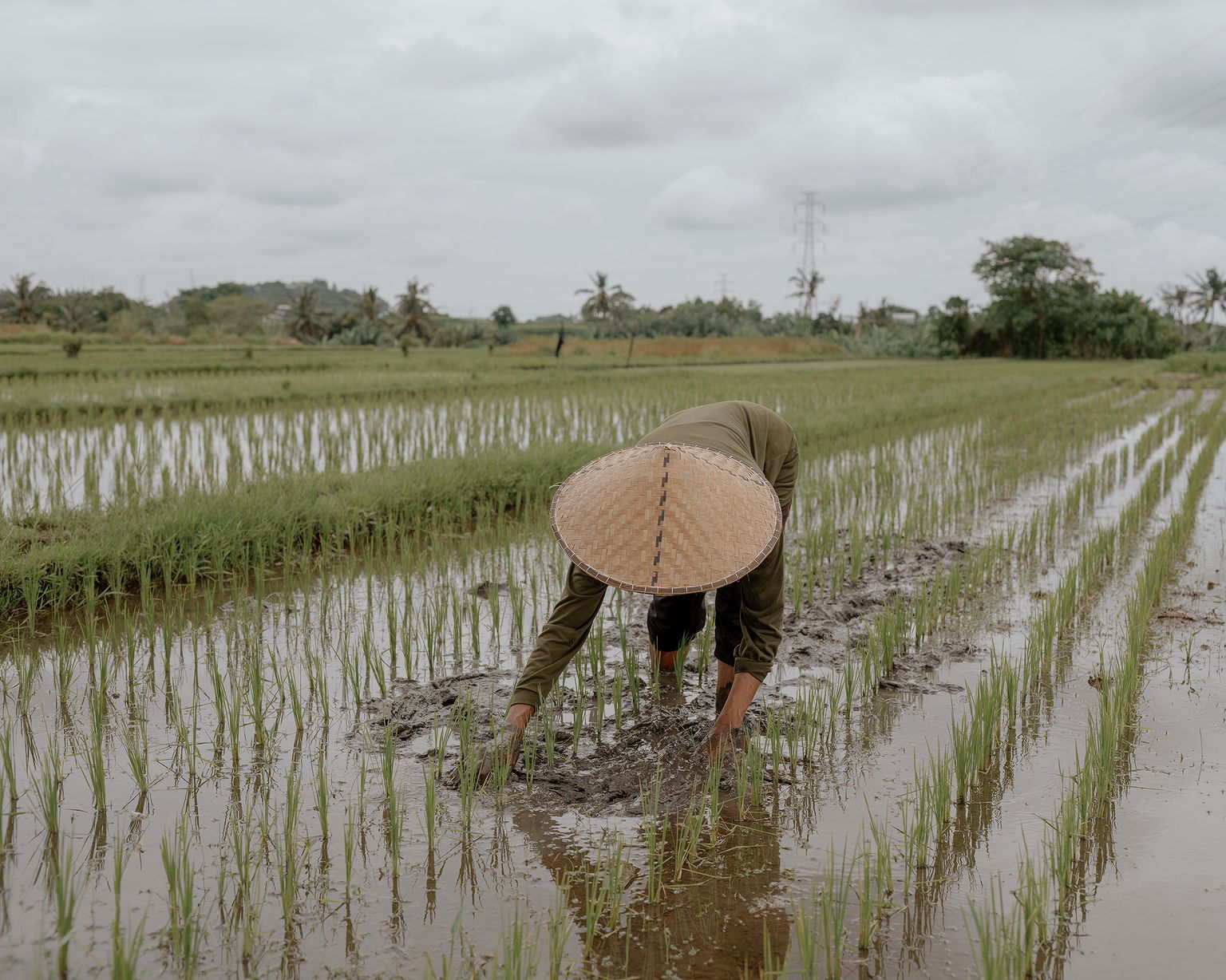
Founded with the goal of integrating traditional Balinese farming wisdom with modern agroecological practices, Astungkara Way works to promote food security, restore degraded farmland, and foster a deeper connection between farmers and the land. Their programs include farmer training, youth engagement, and community-supported agriculture initiatives. But their early attempts to introduce organic cultivation techniques—using compost and reducing water use—were unsuccessful.
“We had not great results,” acknowledges Tanguy Yu, Chief Operating Officer of Astungkara Way. Yields fell even as farmers faced extra work weeding and disseminating compost by hand.
Now, however, they believe they might have discovered a system that squares the circle: environmentally friendly farming which offers yields comparable to conventional modern methods. “Just not using chemicals doesn’t work,” says Yu. “The alternative is agroecology.” This alternative takes the form of a relatively new style of farming called Complex Rice Systems (CRS), which Astungkara Way started trialing in February 2023. Instead of relying on chemical fertilizers and pesticides, the system integrates natural, symbiotic techniques to maintain soil fertility and pest control.
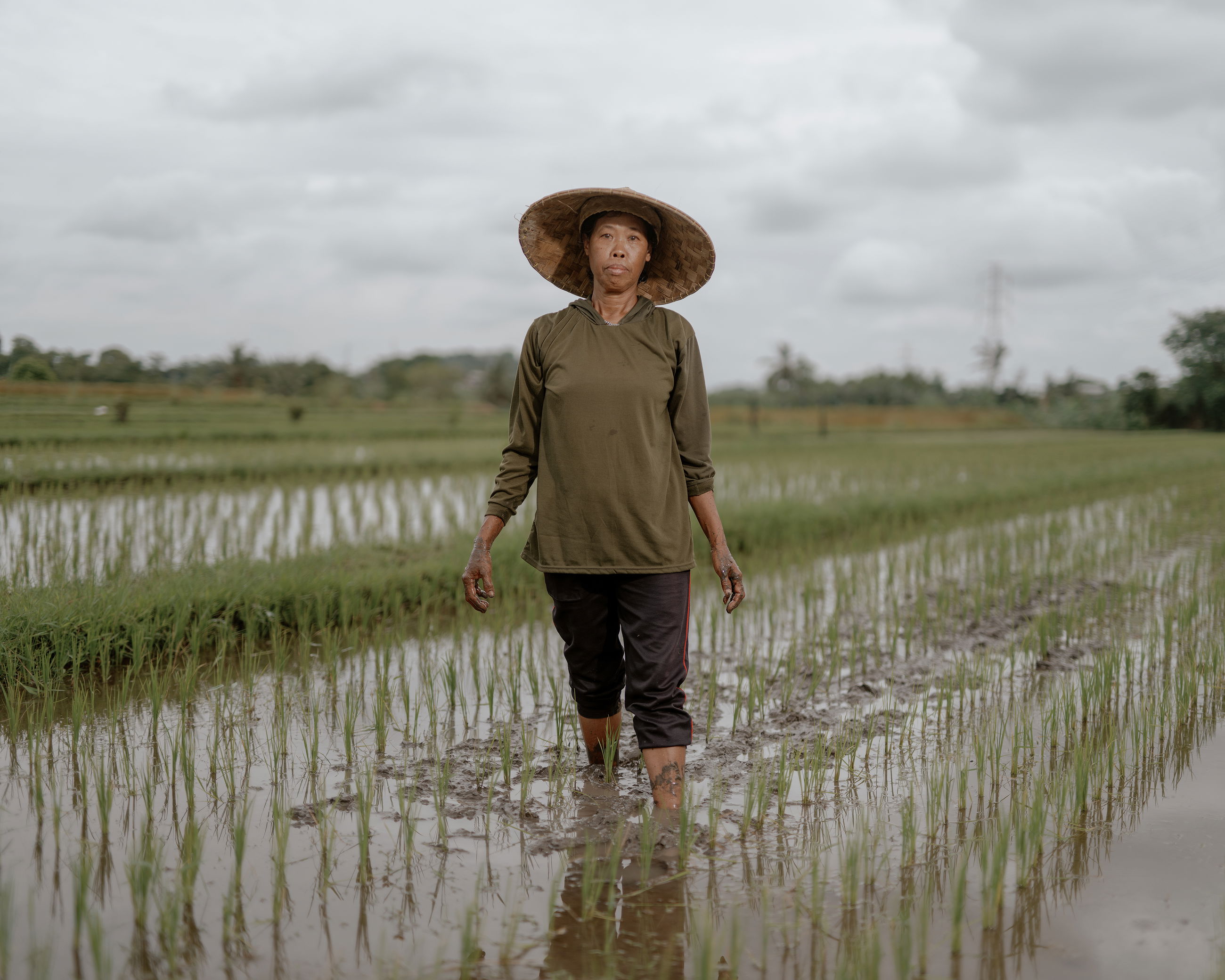
According to the CRS methodology, rice is not cultivated in isolation but as part of a diverse, interdependent ecosystem. Azolla, also known as mosquito ferns, are grown floating on the surface of the paddy, covering the water with a jade-green canopy and fixing nitrogen from the atmosphere so that it acts a natural fertilizer for the plants. Border plants run along the edge of the fields, attracting beneficial insects like wasps that prey on pests threatening rice plants. Each plant contributes something more, too. Tall yellow-flowering Sunn Hemp can be ploughed into the paddy as natural fertilizer. Purple rose balsam can be sold at market for use in temple offerings. And ripening rows of tomatoes and chilis provide further food and market goods for the farmer.
Animals also play a crucial role. Fish swim in flooded paddy fields, and flocks of ducks live in the paddies, eating weeds and pests while fertilizing the soil with their manure. The fish meat and duck eggs also supplement farmers’ diets and incomes.
Rice is not cultivated in isolation but as part of a diverse, interdependent ecosystem.
Yu is a passionate evangelist of CRS. At the start of 2024, 17 farmers worked with Astungkara Way. That number has already grown to 170. Still, he admits he has his work cut out to reach his target of 15,000 farmers by 2030—10% of all Bali’s rice farmers. He hopes part of the solution will come from making the model “open source” for others to copy, an idea rooted in his background as a software startup founder.
If Yu is the evangelist, Dr Uma Khumairoh is the brain behind CRS. A researcher at Indonesia’s University of Brawijaya, she spent years trialing the system at farms in East Java. Her Ph.D. thesis compared rice yields across different methods: conventional fertilizers and pesticides, organic techniques, and the new CRS that integrates azolla, ducks, and other symbiotic elements.
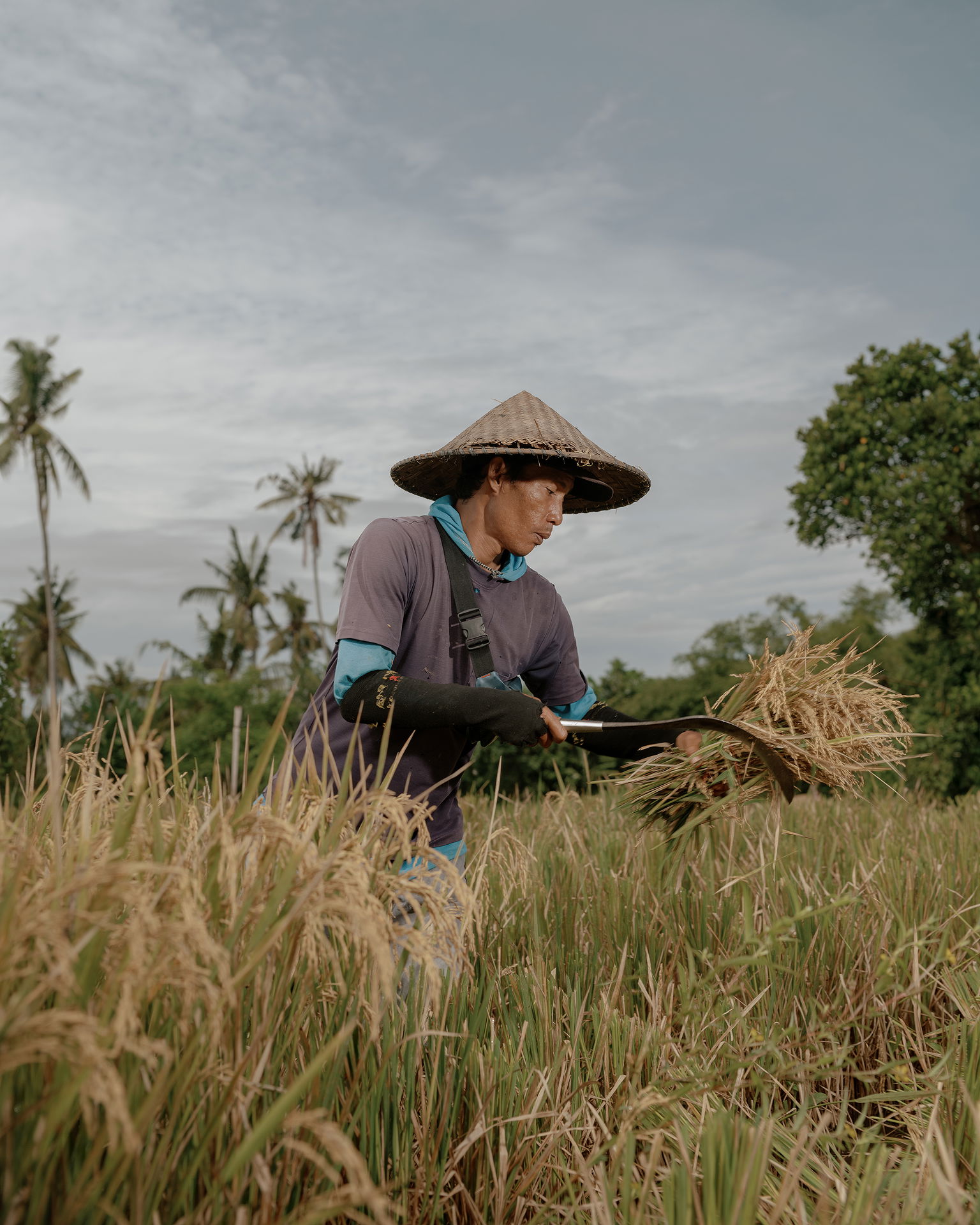
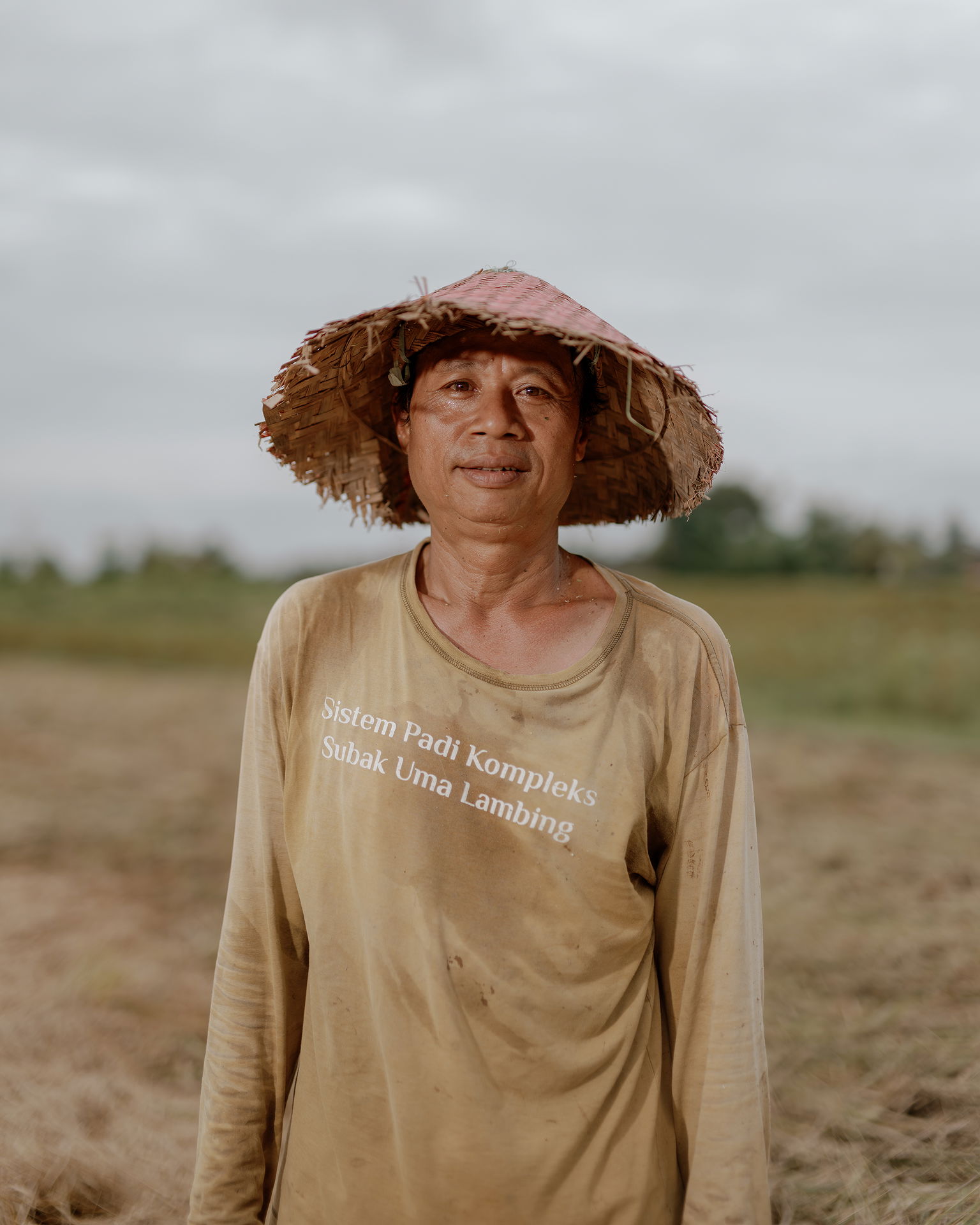
Her research revealed a striking finding: CRS paddies yielded slightly more than conventionally farmed fields in good weather. In bad weather, the effect was even more pronounced, with CRS yields proving much more reliable than those of conventional farming. In an era of accelerating climate change, such reliability could be a game changer.
Khumairoh’s research showed that the system works well for farmers too. While the initial transition to CRS involves extra costs and labor, these challenges diminish over time. Farmers spend more time spreading compost but significantly less time weeding, thanks to the ducks. Ultimately, they earn more by selling additional products like eggs and vegetables alongside the plentiful rice crop.

Astungkara Way is now working to implement CRS on a larger scale while collecting data to further refine the system. Leading these efforts is Shinta Palupi, a former student of Dr. Khumairoh. Sitting on straw mats with her laptop balanced on a stool, she enthusiastically displays reams of figures. “We are collecting lots of data,” she declares.
So far, the results are promising. The average CRS yield stands at 56 kg per 100 m2 compared to 54 kg per 100 m2 under conventional farming (the small area sizes reflect the tiny plots often farmed by Balinese farmers). But the real financial impact comes from the 36% reduction in input costs, as pesticide and artificial fertilizer expenses drop to near zero.
Still, challenges remain. Not all farmers have fully adopted the system. Ducks, which are either purchased or rented, are a key part of the system but tricky to incorporate. Farmers long focused on agriculture now must learn to care for livestock. One involved with Astungkara recounted his surprise when the farmer from whom he hoped to rent ducks informed him the weather was too wet—posing a risk to the ducks’ health.
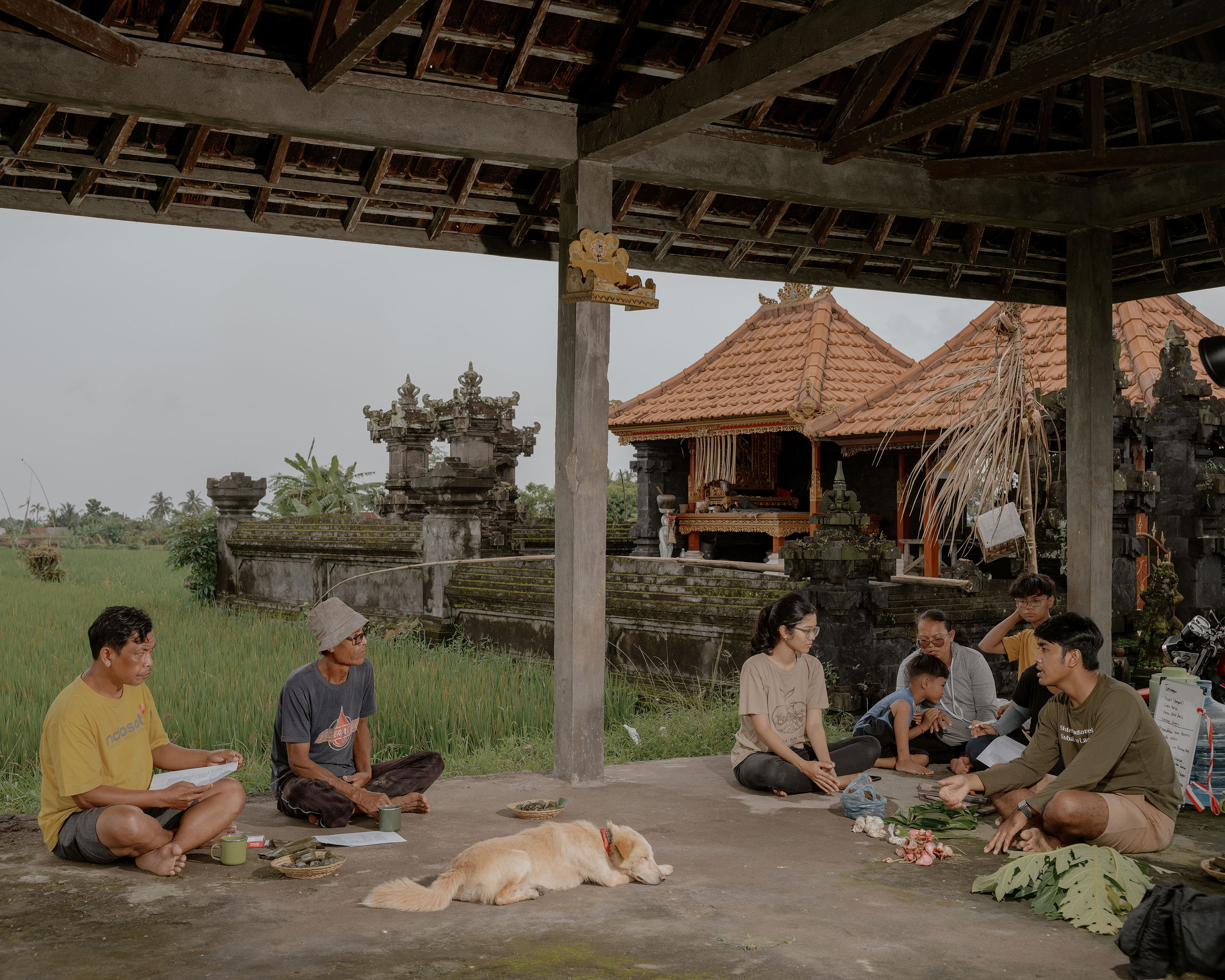
In parallel, Astungkara Way has begun collecting data on farms still using chemical fertilizers and pesticides. Experimenting with different strains of rice and planting patterns is another focus.
Beyond data, a major challenge is convincing older farmers to try a new approach. “They think, ‘If I stop using chemicals I’ll have lower yields,’” says Yu. “And that’s the reason why most farmers don’t make the shift.”
To address this, Astungkara Way combines hard data with hands-on training. On a humid Tuesday afternoon, four farmers in their fifties and sixties gather in a shaded area in the fields with Gusti Sanjaya, an employee of Astungkara Way. Laminated handouts illustrate yield comparisons across different CRS cycles, rice strains, and planting patterns.
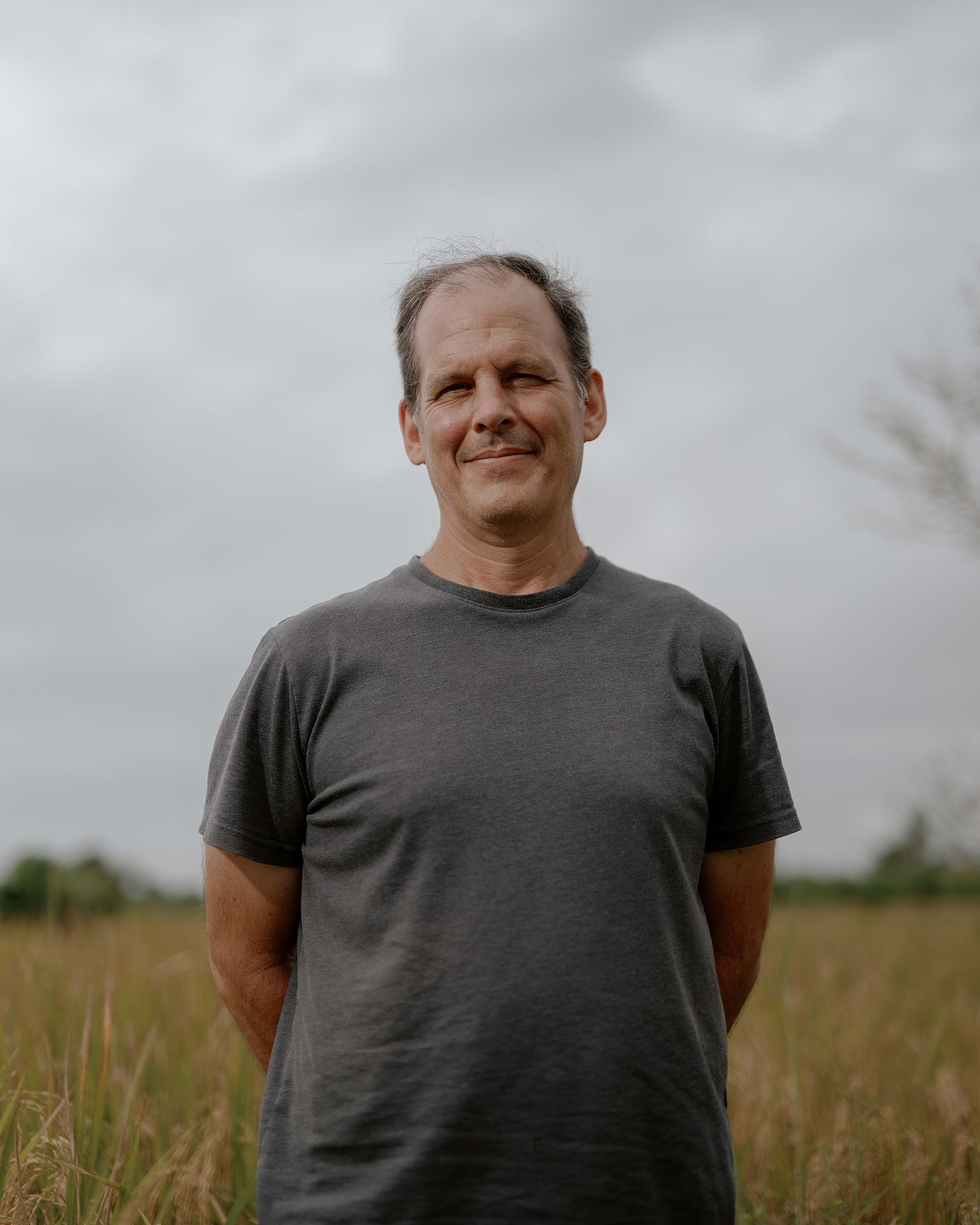
“The real profit [to CRS] is my health,” says one of the farmers, I Ketut Martiyasa. After one harvest with crs, he found the yields a bit lower but touts other benefits. He had found himself frequently growing dizzy after spraying chemical pesticides and fertilizers.
Overall, the farmers’ experiences have been positive. Wayan Mandiarta, 56, had tried organic farming but experienced lower yields. With CRS, he happily declares that his most recent harvest was about 68 kg per 100 m2 —on par with conventional farming but without the cost of purchasing chemical fertilizers and pesticides, the price of which has risen sharply in recent years.
Ni Made Adnyani, 60, sees wider benefits too. Soil quality has degraded over the years, she says, largely because of the use of chemical pesticides and fertilizers. Despite the extra labor, she plans to stick with CRS.
Astungkara Way is working hard to support farmers through this transition. Tuesday’s lesson isn’t about evangelizing CRS but teaching practical skills, such as producing bio-pesticides from papaya leaves, garlic, and galangal. For now, the organization pays farmers slightly above market price for their crop to de-risk the transition.
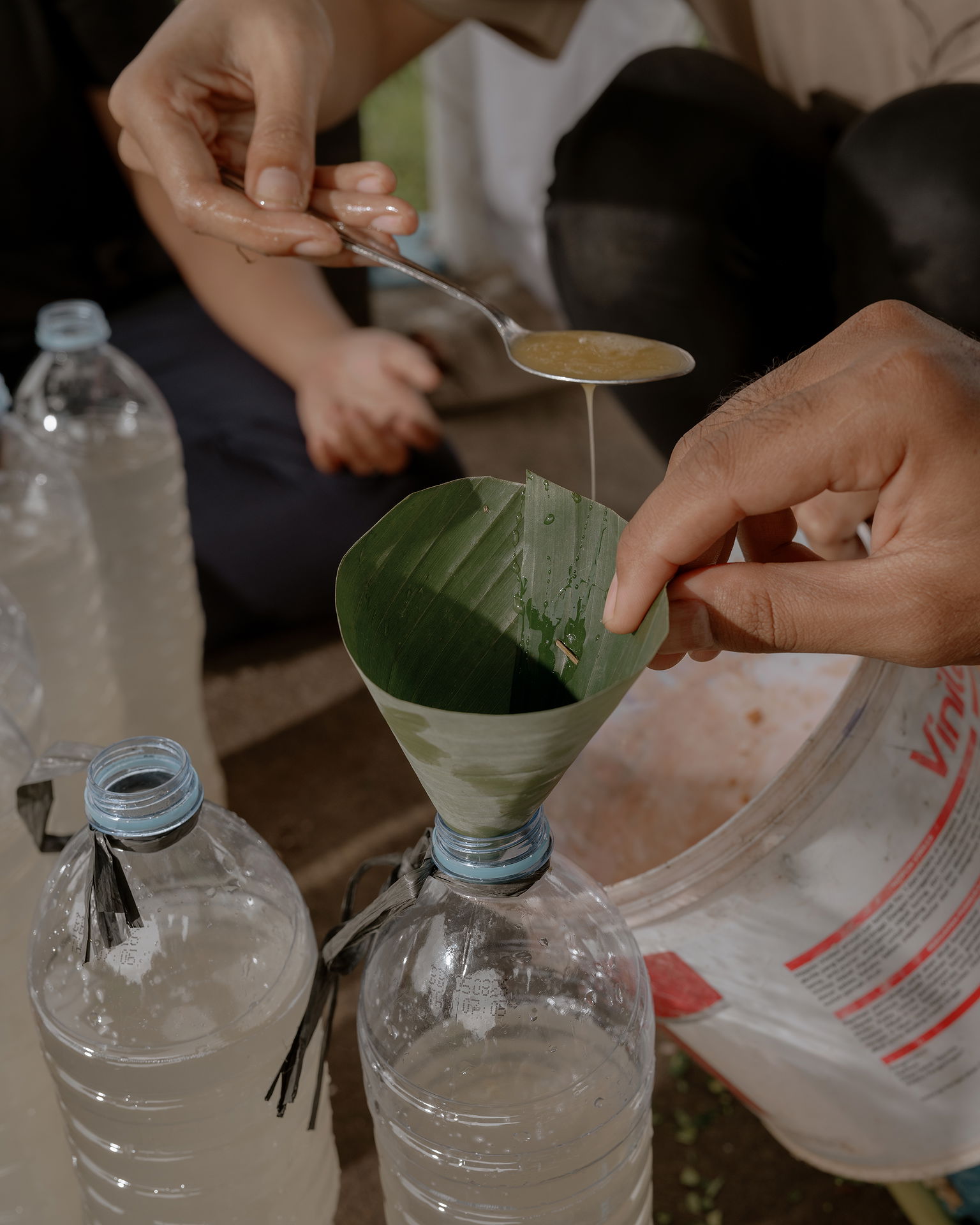
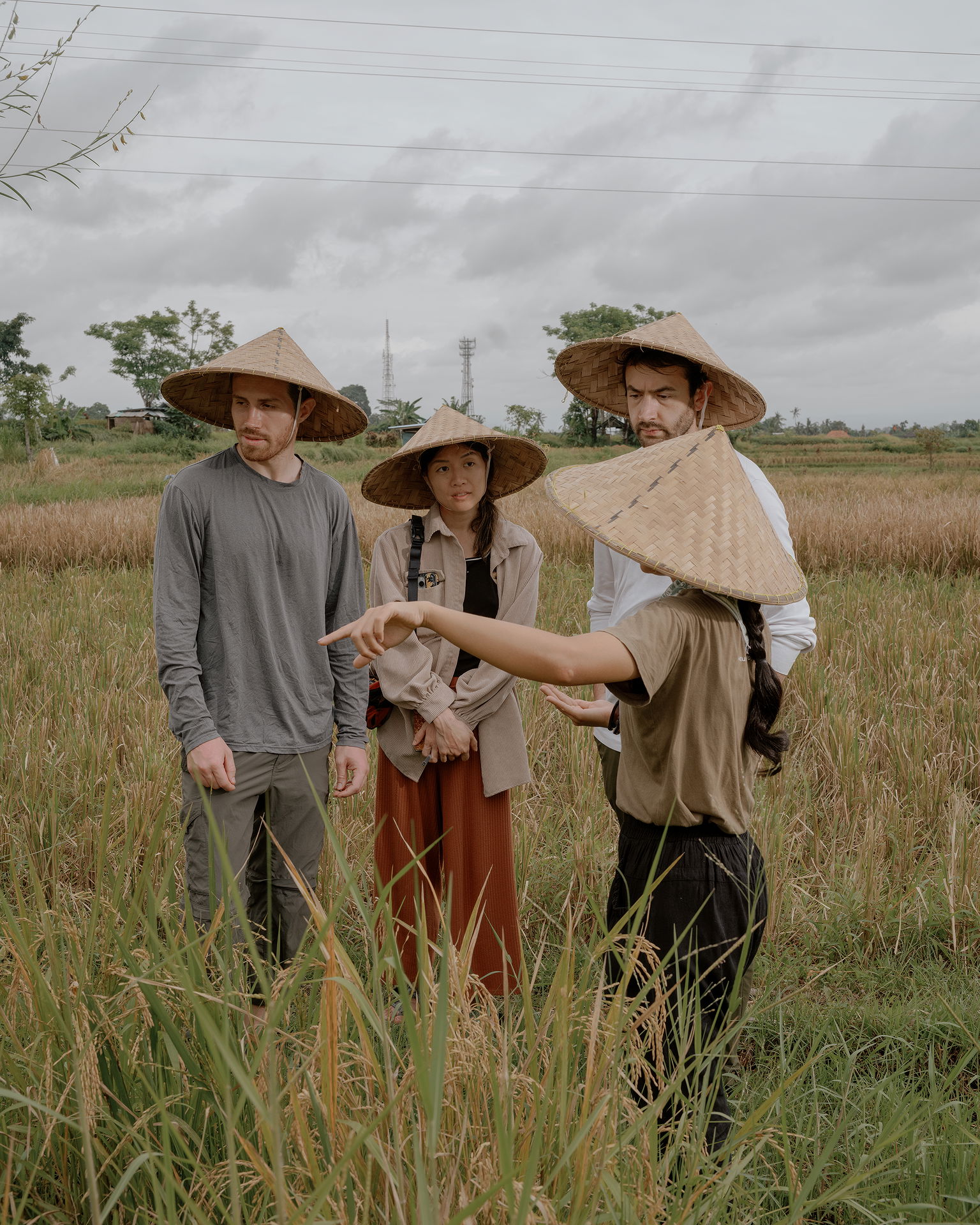
But long-term success hinges on making CSR economically viable without external support. One way to ensure this is engaging younger generations in sustainable farming.
“To put the weight of the transition on old farmers’ shoulders—it’s heartbreaking,” says Tim Fijal, CEO and founder of Astungkara Way. “So what’s more and more part of our mindset is how can our model also entail mass engagement of young people.”
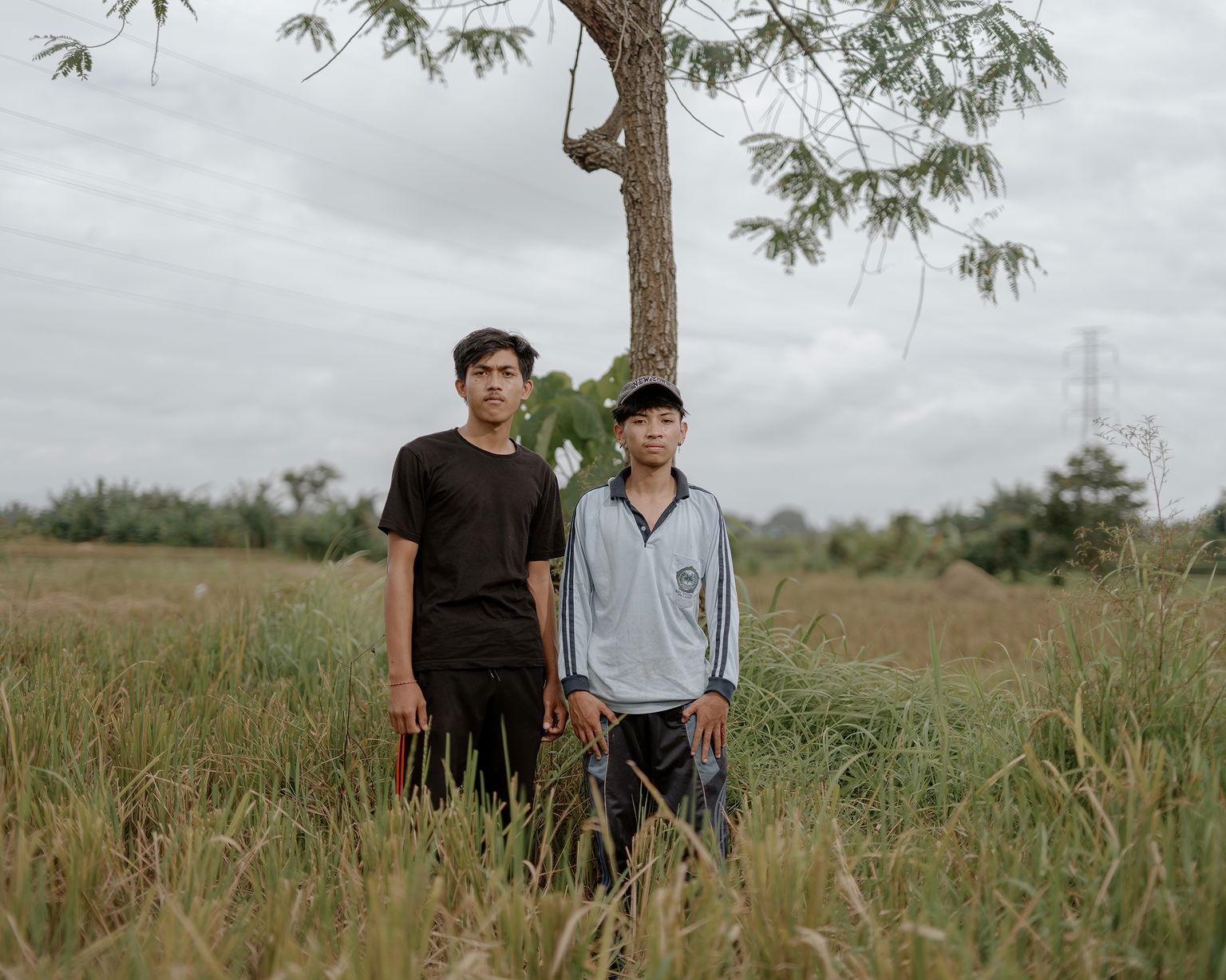
The organization is exploring land-leasing projects to attract young farmers and offering training courses on sustainable agriculture. Near Astungkara Way’s headquarters, several young Balinese chop rice husks for duck feed. “Many of my friends want to work in hotels; I prefer working in nature,” says Yulia Dewi, 24.
Still, the road ahead is difficult. Later that day, as the bio-pesticide lesson continues, an elderly farmer pulls up on a bike, a plastic tub strapped to his back, a spray nozzle in hand. Stepping onto his field, he begins to douse it with pesticide—his only protection, a hand covering his mouth.
The transition won’t happen overnight. But at Astungkara Way, they are betting that, with data, persistence, and new ideas, a different kind of farming future is possible.

